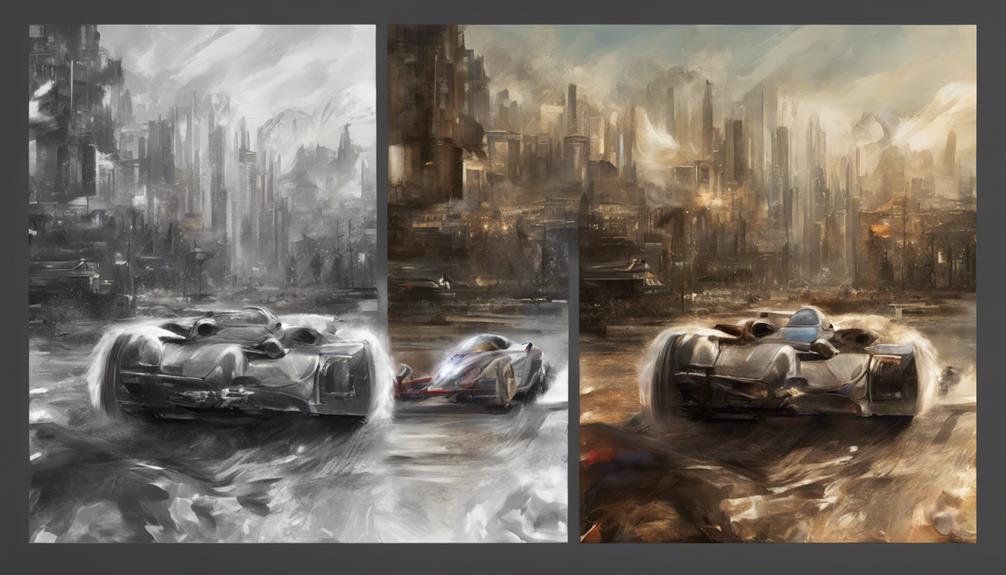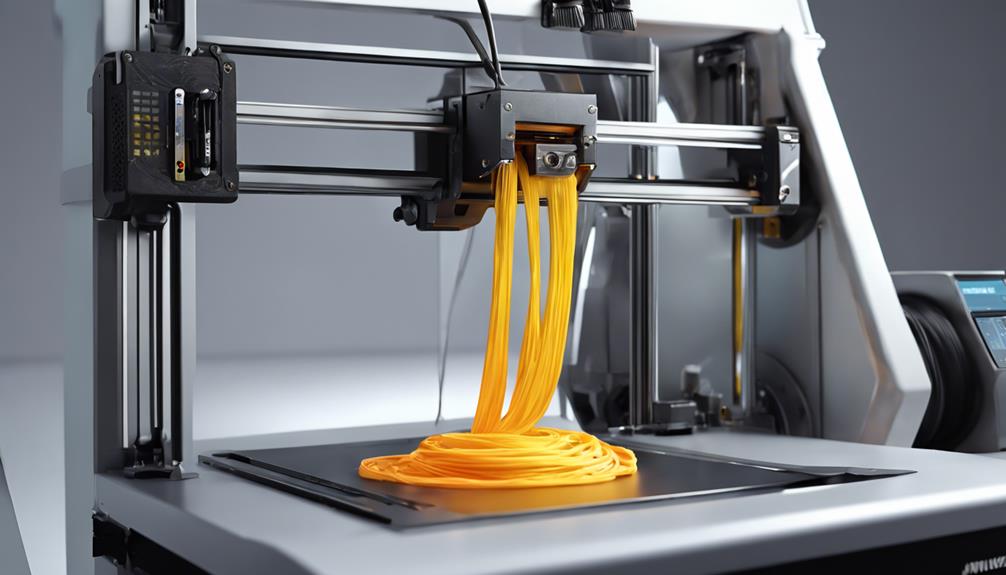In the domain of 3D printing, the interplay between speed and quality is a delicate balance that requires astute consideration. The velocity at which a printer operates can greatly impact the final outcome of a print, prompting users to contemplate the trade-offs associated with swift production versus impeccable precision. As we navigate this intricate landscape, it becomes apparent that finding the best balance between speed and quality is not just a matter of preference but a strategic endeavor rooted in technical expertise and meticulous calibration. By unraveling the complexities of this dynamic relationship, a pathway emerges towards harnessing the full potential of 3D printing technology.
Understanding the Impact of Printing Speed

The correlation between printing speed and print quality is an important aspect to contemplate in the field of 3D printing technology. Slow print speeds generally result in better quality prints, as fast printing can introduce issues such as vibrations and extrusion problems.
Quality 3D printers equipped with Bowden setups can maintain faster speeds without compromising print quality, highlighting the significance of both machine capabilities and filament properties. Consumer-grade 3D printers may face challenges with fast printing due to design and material limitations, emphasizing the need for a balance between speed and quality.
Understanding how printing speed influences print quality is essential for optimizing settings and achieving the desired balance between efficiency and the final output's level of detail and structural integrity.
Factors Influencing Print Quality
Considering the significance of printing speed on print quality, the examination of factors influencing print quality in 3D printing processes becomes imperative. Several key factors impact the quality of prints, including printing speed, extruder movements, filament properties, and design limitations. These factors interact to determine the overall print quality and success of a 3D printing project. Understanding how each element contributes to the final outcome is essential for achieving high-quality prints consistently. By carefully considering these factors and making informed decisions, 3D printing enthusiasts can optimize their printing processes for superior results.
| Factors Influencing Print Quality | |
|---|---|
| Printing Speed | Extruder Movements |
| Filament Properties | Design Limitations |
Tips for Optimizing Speed Settings

To enhance 3D printing efficiency and quality, strategic adjustment of speed settings is essential for achieving best results. When optimizing speed settings, consider the following tips:
- Fine-tuning Print Speed: Gradually increase speed settings to find the best balance between speed and quality.
- Adjusting Retraction Speed: Optimize retraction speed to minimize stringing and improve print quality.
- Calibrating Travel Speed: Fine-tune travel speed to reduce print time without compromising quality.
- Testing and Iterating: Conduct test prints with varying speed settings to identify the ideal configuration for your specific printer and filament.
Common Issues From Printing Too Fast
At high printing speeds, several common issues can arise that compromise the quality and integrity of 3D prints. Signs of under extrusion often indicate that the printing speed is too fast, resulting in incomplete filament deposition and thin, weak layers. Weak layer adhesion is another prevalent problem when printing at high speeds, leading to structural instability and poor print quality.
Excessive stress on printer motors due to rapid movements can cause layer shifting, affecting the overall accuracy of the print. Additionally, weak infill and under-extrusion contribute to structural weaknesses, reducing the durability of the printed object.
Ringing and bridging issues are also common at high printing speeds, impacting the overall surface finish and detail of the print.
Strategies for Faster Print Times

One effective approach to achieving faster print times involves adjusting key settings such as nozzle diameter and layer height. By making strategic changes to these settings, it is possible to reduce printing durations without compromising print quality.
To expedite print times, consider the following strategies:
- Opt for a larger nozzle size: Sacrifice some detail for faster prints.
- Increase layer heights: Fewer layers result in quicker printing.
- Reduce infill percentage and shells: Speed up printing by using less material.
- Fine-tune settings: Adjust parameters like infill and shells to find the right balance between speed and quality.
Frequently Asked Questions
How Can Ambient Temperature Affect Printing Speed and Quality?
Ambient temperature greatly influences 3D printing speed and quality. Warmer environments may require slower speeds to prevent overheating and warping. Cooler temperatures can affect filament flow and adhesion, necessitating adjustments to maintain print quality and consistency.
Are There Specific Filaments Better Suited for Faster Printing?
Certain filaments like PLA and PETG are better suited for faster 3D printing due to their lower melting points, smoother extrusion, and minimal warping tendencies. Understanding filament properties is essential for achieving faster print speeds without compromising quality.
Can Upgrading Printer Components Improve Printing Speed?
Just as a skilled craftsman upgrades tools for efficiency, upgrading printer components can enhance printing speed. Improved extruders, hotends, and controllers can boost performance, enabling faster prints without compromising quality, optimizing the printing process.
What Role Does Cooling Play in Balancing Speed and Quality?
Cooling plays an essential role in balancing speed and quality in 3D printing. Efficient cooling mechanisms prevent overheating and warping, ensuring proper layer adhesion. Properly managing cooling settings maintains print quality at faster speeds, optimizing overall printing performance.
How Do Print Orientation and Support Structures Impact Speed?
Print orientation and support structures greatly impact speed, often slowing down printing. Ironically, while they aim to enhance stability and quality, they can paradoxically hinder speed. Balancing these elements is essential in optimizing the printing process.
Conclusion
In the world of 3D printing, finding the right balance between speed and quality is essential. As the saying goes, 'haste makes waste,' and this rings true when it comes to achieving best results.
By carefully adjusting settings and conducting test prints, users can strike a balance that guarantees efficient and high-quality prints. Remember, in the world of 3D printing, patience truly is a virtue.